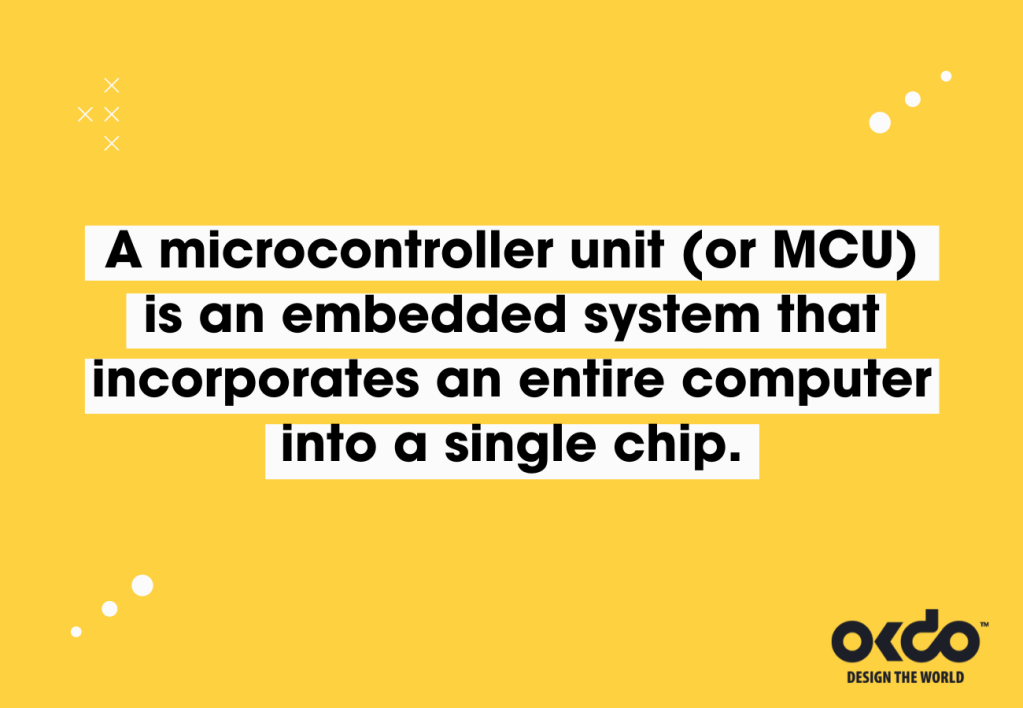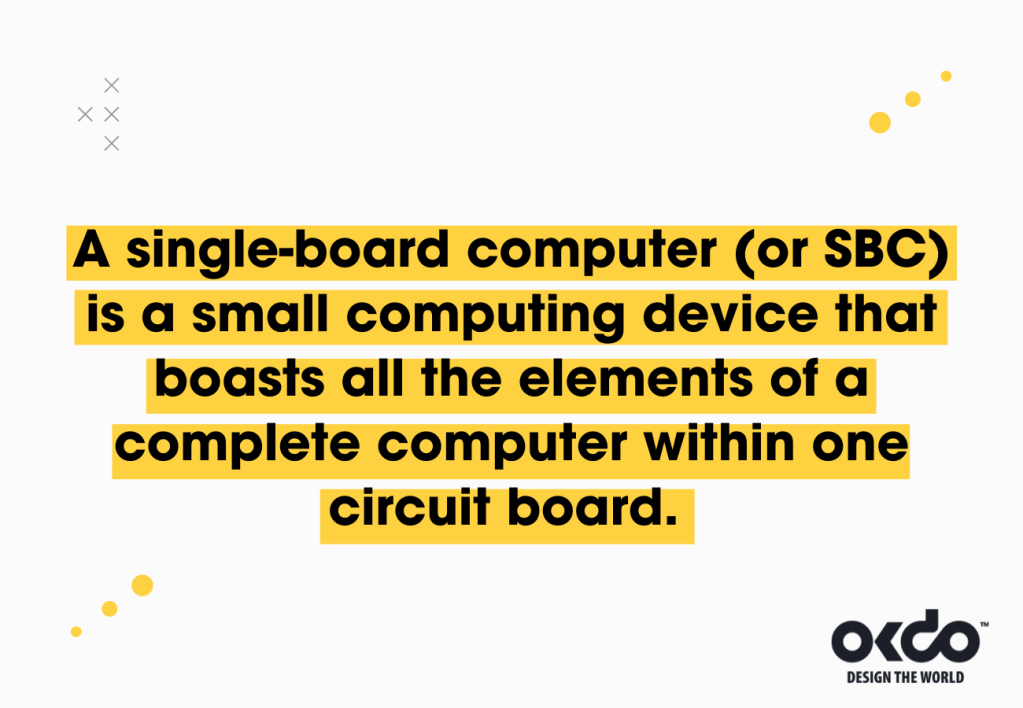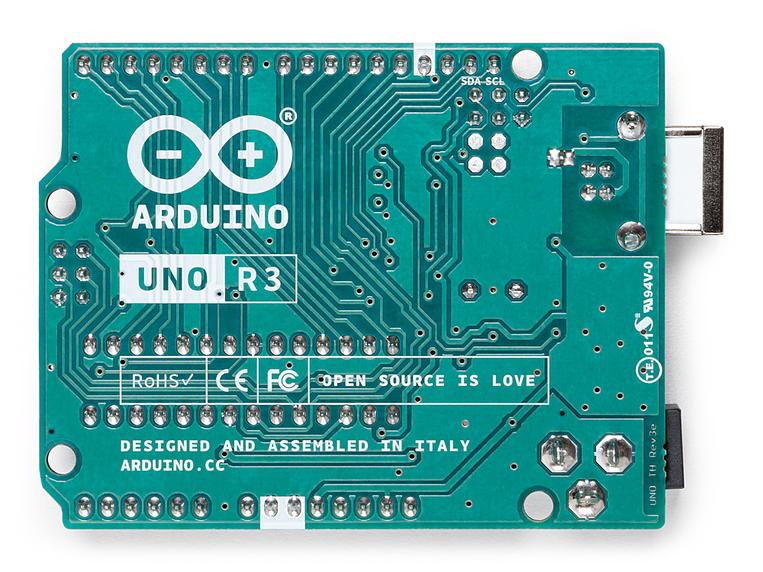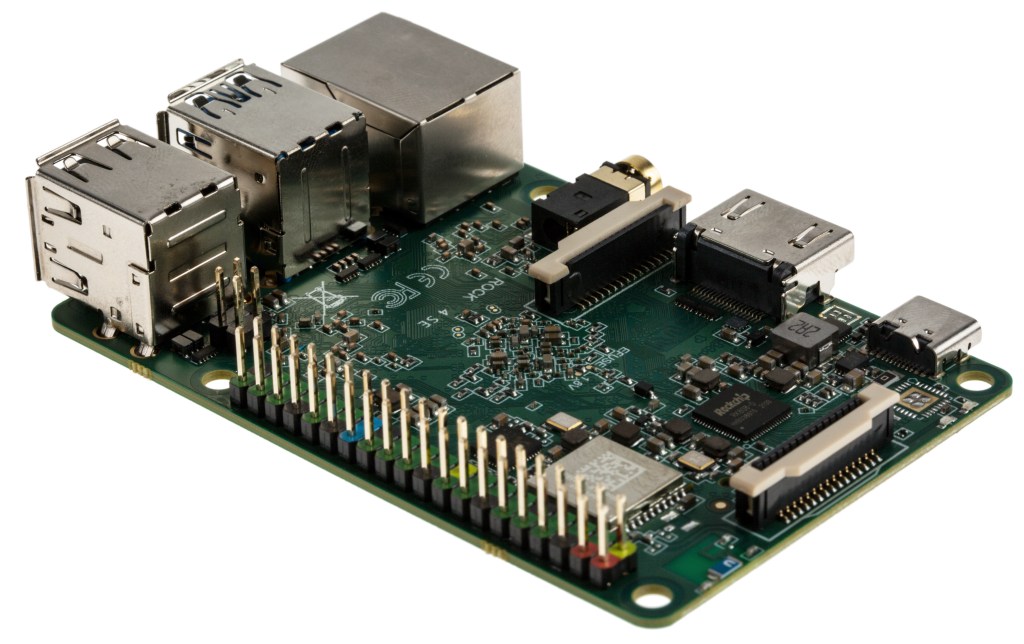
What will you discover in this blog?
This blog will tell you all you need to know about single-board computers vs microcontrollers. If you’ve heard of CPUs, you’ll likely have come across single-board computers and microcontrollers. But, although you may have had some experience with them, do you know what the key differences and similarities between the two are?
Depending on your project, you’ll need one or the other, so understanding what sets them apart from each other is crucial. Picking the wrong one could cause your project to go wrong or mean delays while you get your hands on the right piece.
Understanding the differences
Before we dive into the world of single-board computers and microcontrollers, let’s explore a CPU, since this is where all processors begin.
Essentially, a CPU (or central processing unit) is the core component in a computing unit. Its purpose is to process and execute instructions. Constantly receiving some form of input from the user or any active programs, it runs the operating system and applications.
As a core piece of any computer development project, understanding the ins and outs of how a CPU works is important.



What is a microcontroller?
A microcontroller unit (or MCU) is an embedded system that incorporates an entire computer into a single chip. Under the hood of this powerful chip are a processor, memory, storage and input and output pins.
Used for controlling other portions of an electronic system, they take inputs from the device they’re controlling and retain this control by sending signals to different parts of the device. They usually run a single program and are dedicated to that task alone – a key difference when compared to a single-board computer.

Among some of the most popular microcontrollers is Arduino.

What is a single-board computer?
A single-board computer (or SBC) is a small computing device that boasts all the elements of a complete computer within one circuit board. Powerful, low cost, self-contained and simple, an SBC can be effortlessly connected to other hardware if you deem it necessary for your project and/or application.
It essentially works just like a microcontroller but does even more! It can process a signal, communicate wirelessly and be applied to a number of applications and artificial intelligence projects, all while transmitting data.

A versatile and high-performing single board computer is OKdo ROCK.
The benefits of a single-board computer
There are a number of benefits of single-board computers:
- They come in a wide variety of different capacities.
- Because they’re very small, they can easily be embedded into devices or applications where space is limited.
- SBCs are also incredibly efficient, giving them an edge where power-saving is concerned.
- Thanks to the fact they’re self-contained, they’re extremely reliable under a variety of environmental conditions.
The benefits of a microcontroller
Just like the single-board computer, there are also benefits to using a microcontroller in your application:
- Although challenging, a microcontroller can be reprogrammed, meaning it’s reusable.
- Whether you’re prototyping something or want to move it over to another project, you’ll be able to.
- Another key benefit is that they’re cost-effective. Because they can be produced at lower costs than their counterparts, they are not as expensive for users.
- Because they can be repurposed, you’ll get a longer lifespan.
What projects can microcontrollers and SBCs be applied to?
If you’re wondering “where are microcontrollers used?” or “what is a single-board computer used for?”, we’ve pulled together some of our favourite projects they can be used in.
At OKdo, we have a wide range of development boards available, from affordable microcontroller units and single-board computers to entry-level development kits and AI technology. For even more projects or to explore our free resources, head to our Projects Hub.
Arduino Projects
ROCK Projects

Are you ready to explore the power of single-board computers and microcontrollers? Discover our range of Arduino and ROCK products and jump on your next exciting project!

Arduino® Shop

ROCK Shop

Let’s Work Together to Build the Future
Fill in the short form below and one of our expert team will be in touch to guide you to the right products & services for your current or upcoming project.
With a blend of expert technical knowledge and commercial partnerships alongside innovative design & manufacturing capabilities, together we can achieve great things.



